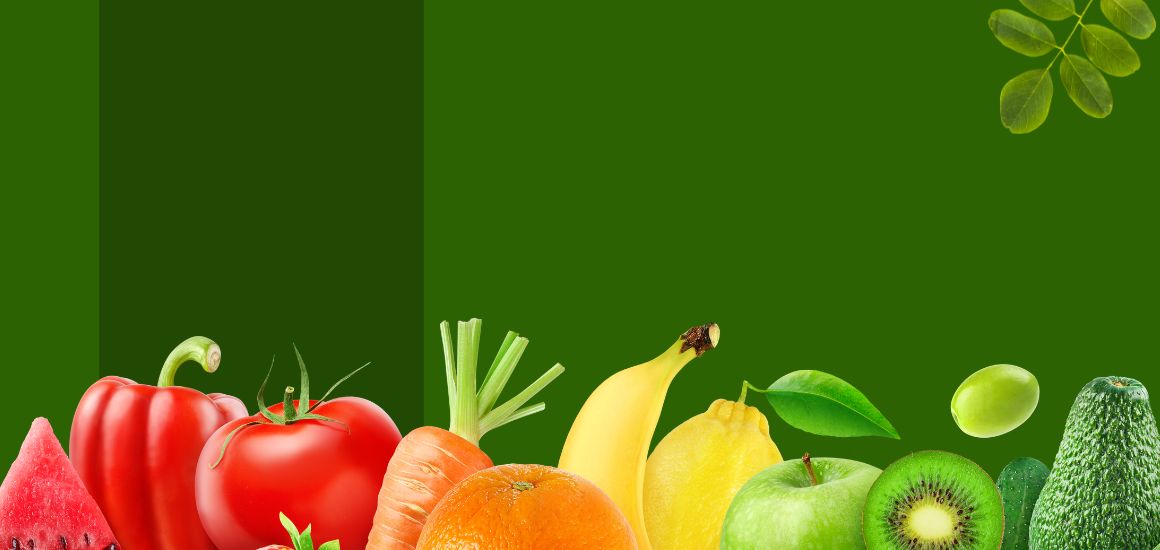Here Is How To Start a Plant Tissue Culture Lab in Sri Lanka As An Agribusines

Do you want to increase the number of plants required for cultivation? While those plants have similar qualities to the parent plant with the highest quality? If your answer is a straight “yes,” you should look into the tissue culture method. Are you developing agribusiness? Want to start a lab for plant tissue culture in Sri Lanka?
Continue reading to learn how.
Tissue culture in Sri Lanka
Sri Lanka has contemporary, cutting-edge labs that can produce various tissue-grown plants for both home and international markets. Research and development are still happening in this sector on cutting-edge methods and requirement optimization.
What is plant tissue culture? – Before discussing tissue culture in Sri Lanka…
Plant tissue culture, also known as “in vitro” culture, is a process that involves growing plant cells, tissues, protoplasts, and other types of cells in glass or plastic containers under aseptic and controlled environmental conditions.
It has numerous uses worldwide, including both research and commercial applications. Be it in modern biotechnology, agriculture, horticulture, or allied industries. It is a crucial tool for plant regeneration and micropropagation.
Key parts of a plant tissue culture lab – Must-know facts Before starting tissue culture in Sri Lanka as a business
Do you want a large plant population with the best qualities and the same characteristics as the mother plant?
All the features to do that are in the DNA. The plant’s nucleus is part of the building block called the cell. With the help of this part, after going through so many processes and using the method of turning a cell into a plant and using tissue culture technology, you can have as many plants as you want with a higher level of quality. Their characteristics can also be the same as the mother plant.
To do all that processes and make many plants with quality, you need to create a living green environment artificially. After creating that environment or a lab, rest is like nothing. Then it is up to you to use the right chemicals and hormones applied in the later stages.
Is finding those chemicals hard?
No!
The chemicals and hormones that you use in those stages have been discovered earlier by scientists. You must be aware of where and how to use them.
Creating the environment
How to create an environment to grow tissue culture plants in Sri Lanka?
This environment is known as a plant tissue culture laboratory. You need to complete three requirements for tissue culture to be successful and complete. They are,
- The tissue is detached from the parent plant.
- Having a suitable medium for the growth of the tissue
- Having a microorganism-free environment
With those in mind, you can start a plant tissue culture lab in Sri Lanka. The outline plan of a tissue culture laboratory consists of the following.
- The main entrance at the front to enter.
On one side,
- Management room,
- Main cleaning room,
- Basic cleaning room,
- The warehouse.
On another side,
- The planting medium preparation room,
- Planting medium filling room,
- Planting room
- When you enter from the entrance and pass those two sides, you need to meet the plantation.
- The planting room and plant hardening room should be behind the plantation.
Cleaning room
The plant’s component that is utilized for tissue planting is called the precursor, and here the precursor and the equipment used are cleaned.
The planting medium preparation room
Here the planting medium is prepared, and the equipment that should be here is as follows,
- Medium Processing Equipment
- Electronic scales
- The refrigerator
- Electric heaters and cookers
- Ph meters
- Pressure cookers
- Pure water-producing equipment
- Chemicals and glassware
- Techniques of plant tissue culture
Planting room
You should place growing plants on shelves in this room. The equipment contained here are,
- Liquid dimension and mixing
- Temperature controller
- Light bulbs
Here are a few facts to follow in the planting room.
- You should maintain the optimum temperature in the plant room between 22 and 28 degrees Celsius.
- The light – Should provide light for 12 to 16 hours a day
- You should maintain humidity between 60 and 75 percent
A plant propagation technique used to create plants in sterile environments is tissue culture, commonly referred to as micropropagation. In this technique, seeds or plant explants (parts) are sterilized before being put in containers with a growing medium with added nutrients.
Since the seed or seed, container and medium are all sterilized, there is no chance of any cut or torn tissue or whole seed or seed becoming infected with a microorganism and rotting while taking these plant parts—steps required to root or multiply.
Where do plant tissue culture techniques apply?
Plant tissue culture applications include removing viruses from plant tissues to produce virus-free plants, micropropagation, clonal propagation, introducing genetic variability, improving crops through genetic engineering, producing haploids, producing secondary metabolites through cell cultures, etc.
Conclusion
The plant community is one of the fastest depleting things in the world. In countries with less forest population, there is a great demand to order the plant populations required for repeated planting activities in their respective countries through various methods. Because of this, in the future international demand for high-quality plants that can be grown very quickly in a small space will increase.
With a green environment in Sri Lanka, there are more opportunities and spaces where this tissue culture can work. Building a plant tissue culture laboratory in each province can bring a higher economic value to the country. More opportunities will be available, such as plant tissue culture vacancies in Sri Lanka. People must socialize with the tissue culture in Sri Lanka. And people must promote tissue culture Sinhala. This way, one day, Sri Lanka will be able to provide plant populations that meet international demand.